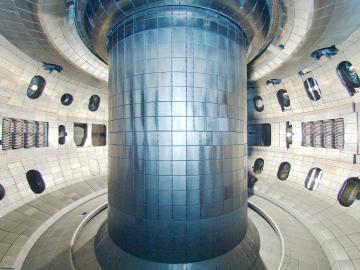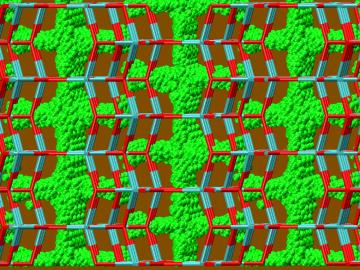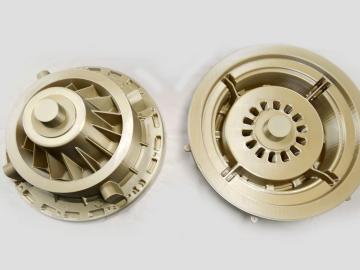Filter News
Area of Research
Media Contacts

Using a novel, reusable carbon material derived from old rubber tires, an Oak Ridge National Laboratory-led research team has developed a simple method to convert used cooking oil into biofuel.

Fusion scientists from Oak Ridge National Laboratory, as part of the DIII-D National Fusion Facility team at General Atomics, are studying an approach to insulate the reactor’s innermost wall that surrounds the burning plasma from the energy created when hydrogen isotopes are heated...

An Oak Ridge National Laboratory–led team discovered that vanadium dioxide in a crystalline thin film makes an outstanding electrode for lithium-ion batteries. Theory and computation predicted a high capacity for lithium storage, which experiments confirmed with tests in coin c...

Oak Ridge National Laboratory has successfully developed and tested a novel sand casting technique to quickly design complex patterns to fabricate components for industry partner Emrgy Hydro, makers of hydropower devices designed to generate electricity from slow or shallow water flo...

Advanced manufacturing will benefit from additive manufacturing techniques as demonstrated by a team led by Michael Kirka of Oak Ridge National Laboratory.




